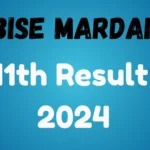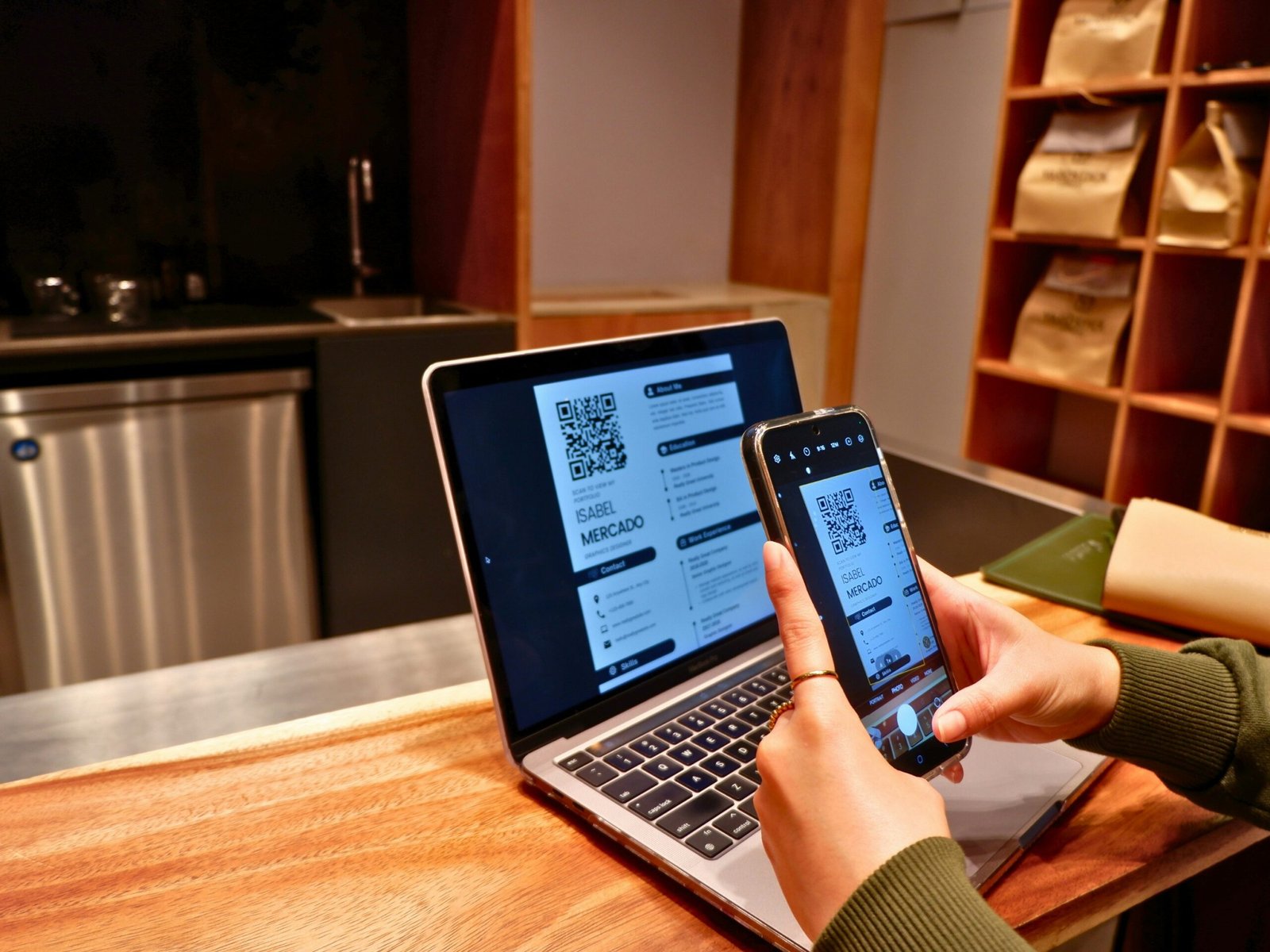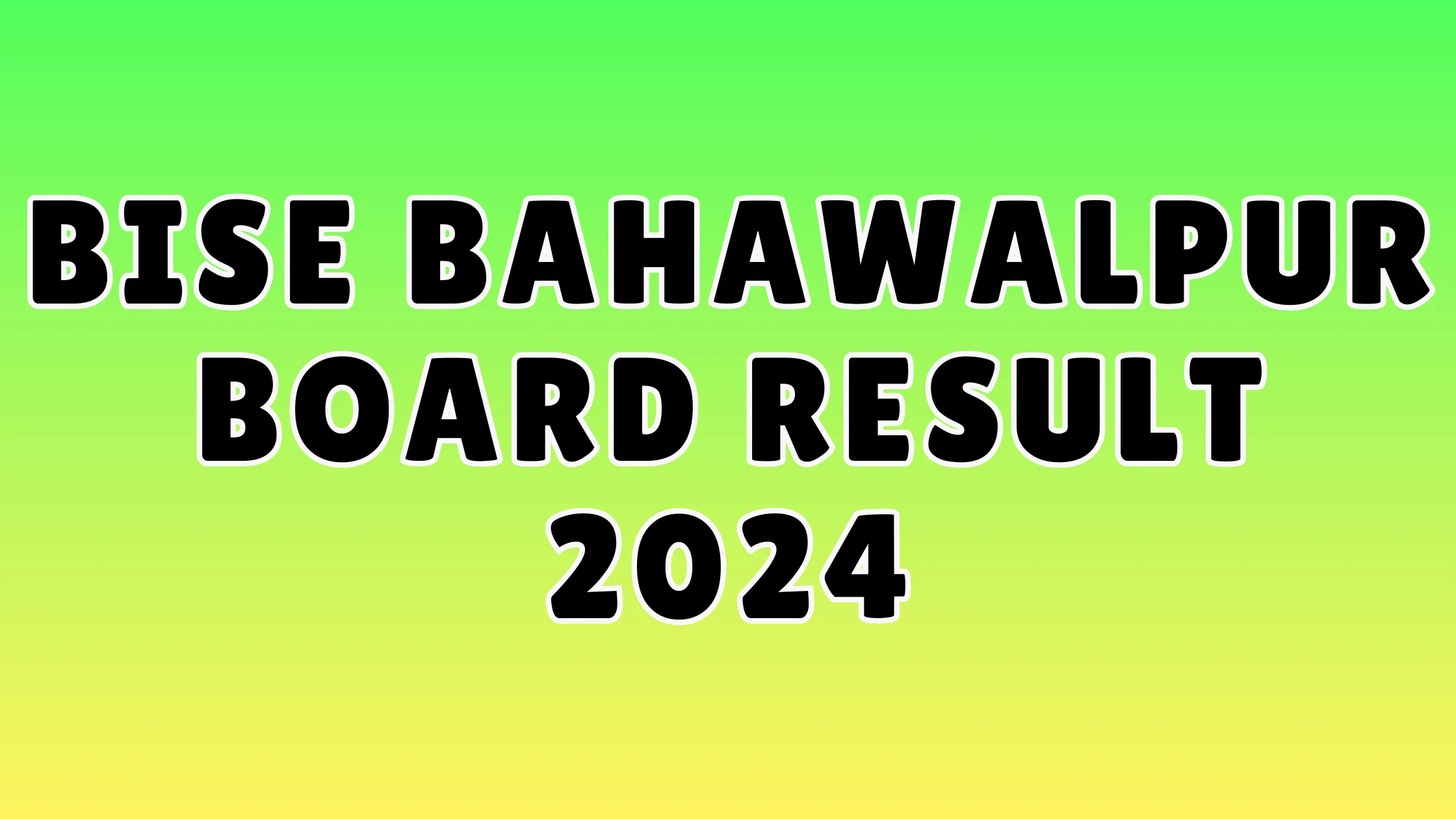Creating a professional CV is an essential step in the job application process. Your CV showcases your skills, qualifications, and experience to potential employers, making it crucial to present yourself in the best possible light. Microsoft Word is a widely used tool for creating CVs, offering a range of formatting options and templates to help you create a polished and professional document. In this guide, we will walk you through the steps to create a professional CV on MS Word.
Step 1: Choose the Right Template
MS Word provides several CV templates to choose from. These templates are pre-formatted and can save you time and effort in designing your CV. To access the templates, open MS Word and click on “File” > “New.” In the search bar, type “CV” or “resume” to browse through the available options. Select a template that suits your style and industry.
Step 2: Personal Information
Start by adding your personal information at the top of the document. Include your full name, contact details (phone number and email address), and your professional social media profiles (if applicable). Make sure to use a professional email address and avoid using nicknames or informal handles.
Step 3: Professional Summary
Next, include a professional summary or objective statement. This section should briefly highlight your key skills, qualifications, and career goals. Keep it concise and focused, ensuring that it aligns with the job requirements.
Step 4: Work Experience
List your work experience in reverse chronological order, starting with your most recent position. Include the company name, job title, dates of employment, and a brief description of your responsibilities and achievements. Use bullet points to make it easy to read and highlight your accomplishments. Focus on quantifiable results and specific examples to showcase your skills and expertise.
Step 5: Education
Include your educational background, starting with your highest qualification. Include the name of the institution, degree earned, and the year of completion. If you have any relevant certifications or additional training, mention them in this section.
Step 6: Skills
Highlight your skills and competencies that are relevant to the job you are applying for. Divide them into categories such as technical skills, soft skills, and language proficiency. Use bullet points to make them easy to read and emphasize the skills that are most important for the position.
Step 7: Additional Sections
Consider adding additional sections to enhance your CV. These may include:
– Professional memberships or affiliations
– Awards or honors
– Volunteer work or community involvement
– Publications or presentations
– References (optional)
Step 8: Proofread and Format
Proofread your CV carefully for any spelling or grammatical errors. Ensure consistent formatting throughout the document, using a clean and professional font. Use headings, subheadings, and bullet points to organize the information and make it easy to read. Avoid using excessive colors or graphics that may distract from the content.
Step 9: Save and Export
Once you are satisfied with your CV, save the document in a compatible format such as PDF or DOCX. This ensures that the formatting remains intact when the document is opened on different devices or software.
Step 10: Customize for Each Application
Remember to tailor your CV for each job application. Highlight the skills and experiences that are most relevant to the specific role you are applying for. This customization shows employers that you have taken the time to understand their requirements and are genuinely interested in the position.
In conclusion, creating a professional CV on MS Word is a straightforward process that can significantly enhance your chances of landing your dream job. By following these steps and utilizing the available templates and formatting options, you can create a visually appealing and well-organized CV that effectively showcases your skills and qualifications. Remember to customize your CV for each application and proofread it thoroughly before submitting. Good luck with your job search!









